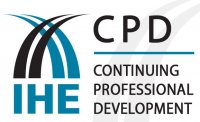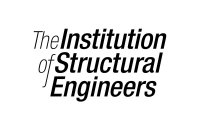Overview:
Why do senior executives need to know about health and safety at work?
Managing health, safety and the environment is just like managing any other business function - you need objectives, plans, implementation, measurement and review. Unlike many other business functions, the consequences of getting it wrong can literally be fatal.
Four reasons for 'doing something about safety' are the high cost of failure, the threat and consequence of prosecution or other enforcement action, the potential loss of future business, and the moral imperative - the expectations of society and the workplace. The fifth and most significant reason is the incalculable cost of human suffering, much of which is so easily preventable.
Is the senior executive's time spent in improving his or her knowledge? Put
simply, unless a strong lead come from the top, nobody lower down the management
ladder will believe they will be thanked for spending more energy, time or
money that the bare minimum they believe is required.
Course Outline:
1. ACCIDENT PREVENTION AND CONTROL
- Accident prevention objectives
- The basic concepts of accident, hazard and risk
- Health and safety management
- People problems
- Control priorities
- Risk assessment
- The health and safety policy
- Training for health and safety at work
- Sources of advice
2. DIRECTORS, MANAGERS AND THE LAW
- Common and statute law
- The Health and Safety at Work etc Act 1974
- Management liability
- Manslaughter
- Insuring against liability
- What senior managers must do
- Directors in the dock - two examples
- Summary of the key principles
3. OVERVIEW OF REGULATIONS
- Management of Health and Safety at Work Regulations 1999
- Provision and Use of Work Equipment Regulations 1998
- Manual Handling Operations Regulations 1992
- Personal Protective Equipment at Work Regulations 1992
- Health and Safety (Display Screen Equipment) Regulations 1992
- Workplace (Health, Safety and Welfare) Regulations 1992
- Lifting Operations and Lifting Equipment Regulations 1998
- Control of Substances Hazardous to Health Regulations 1999
- Electricity at Work regulations 1989
- Health and Safety (Safety Signs and Signals) Regulations 1996
- Fire Precautions (Workplace) Regulations 1997
- Consultation requirements
- Introduction to the Construction Regulations
4. DOCUMENTATION PROCEDURES
- Minimum documentation requirements
- Compliance checklists for general requirements
5. CASE STUDIES
6. REFERENCES AND FURTHER READING








